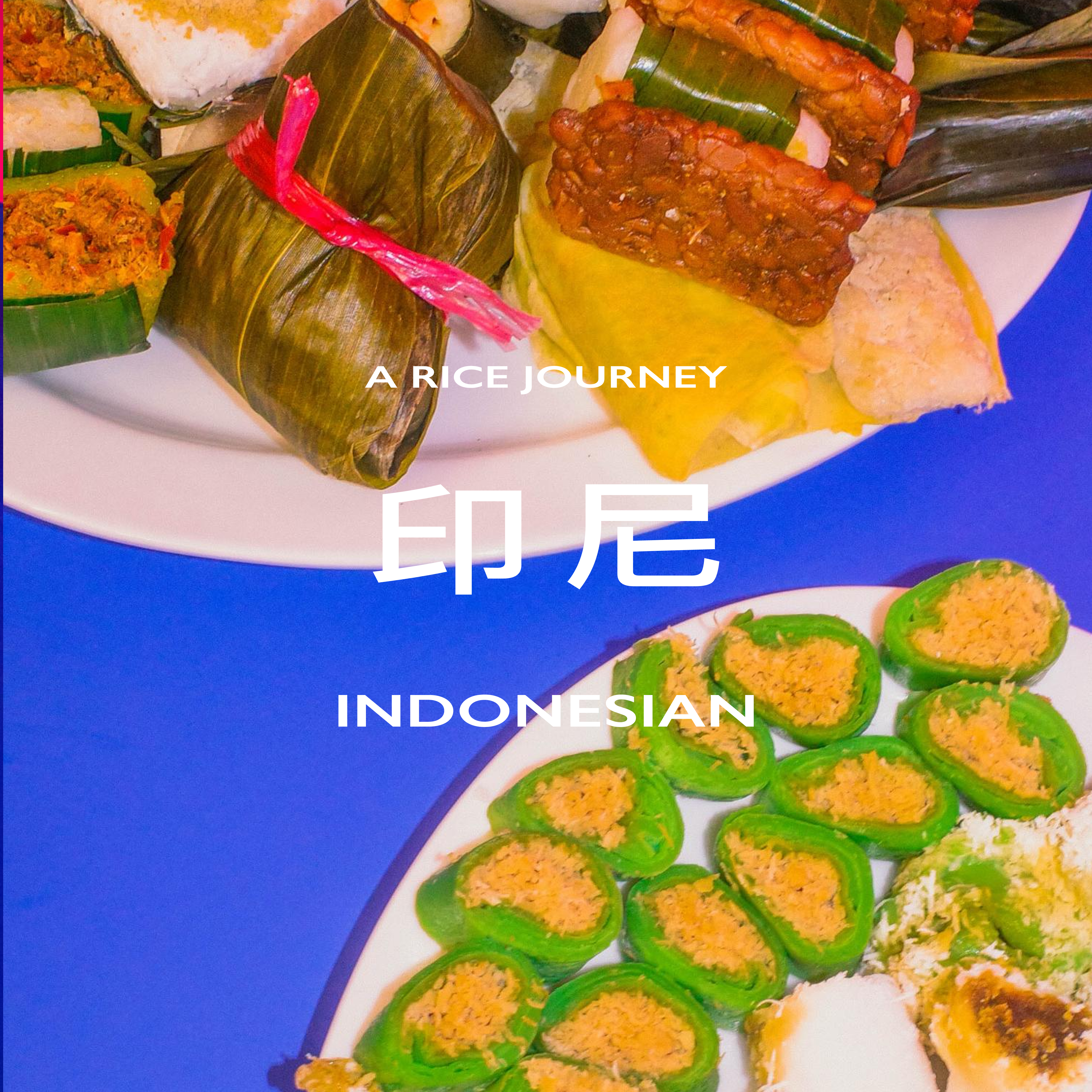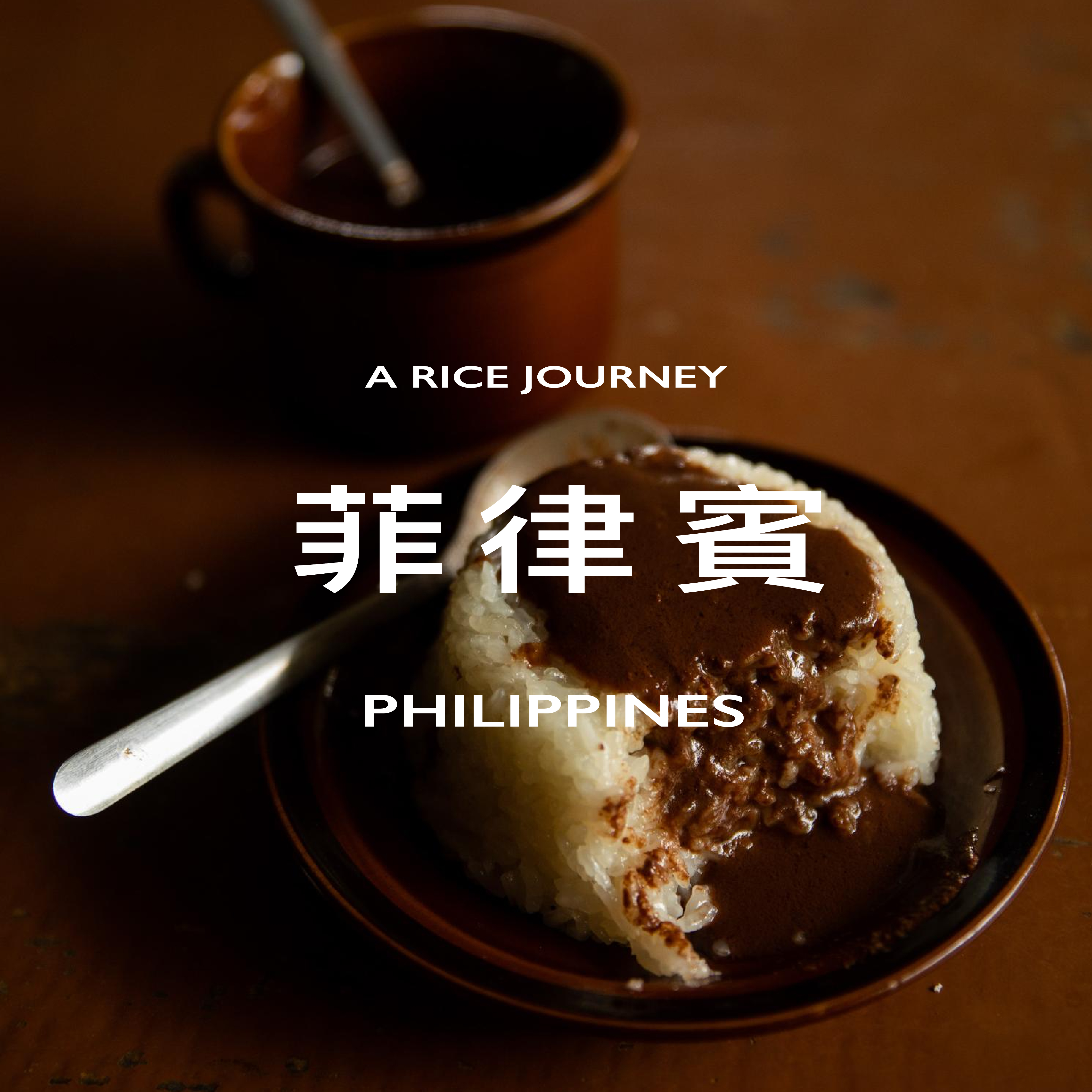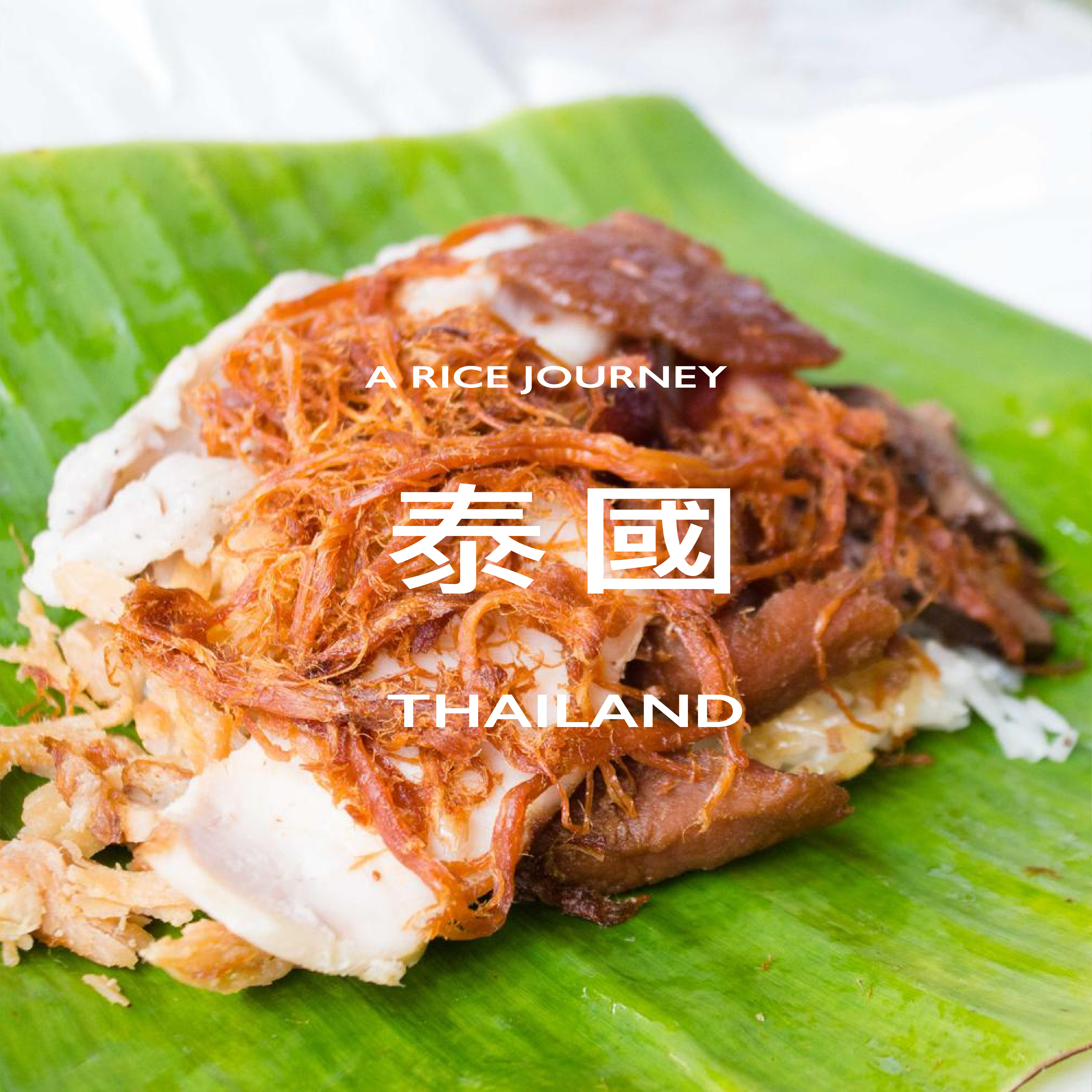米食的遠行 A Rice Journey
指導單位:⽂化部
主辦單位:財團法⼈⽂化臺灣基⾦會
計畫協⼒:SEA Plateaus
編輯團隊|柯景瀚、徐立真、馬惠妤
內文撰稿|Lazy Susan(印尼)、Bea Misa Crisostomo(菲律賓)、黃嬿庭(泰國)、顔仕宇(馬來西亞)
攝影|Lazy Susan(印尼)、Geric Cruz(菲律賓)、陳凱倫(泰國)、劉國耀 Kok Yew(馬來西亞)
美術設計|軌室
顧問|傻瓜書日 Fotobook DUMMIES Day
印刷|感官文化印刷
特別感謝:Kris Kang、橋洞
文字與圖片版權所有:撰文者與攝影師
版權所有 翻印必究
Copyrights of the texts and photographs are reserved by the authors and photographers.
©All rights reserved.
點擊圖片以閱讀更多
Click to read more
Click to read more
總論
米飯,是亞洲許多文化的主食。稻作隨著風土氣候的不同,而長出各式品種,再依經年累月發展出的收成與製作技術,成為當地飲食文化中不可或缺的角色。本書計畫的前身,為2020年出版的《飯丸pn̄g uân》小誌,我們在執行計畫過程中發現,將米飯以糰、丸、包...等形式製作呈現的食物樣貌,背後都與人們的「移動」、「遠行」有關:為生活前往遠處勞動時、參與動盪戰事時、學生參加遠足旅遊時......,甚至是今日人們在上班上課前,方便食用攜帶而購買的飯糰,都反映出米飯與人們在生活中移動的關聯。
於是,以《米食的遠行》為題的計畫誕生了。而這同時也是作物與食材,族群與文化的遠行。
稻作種類與收成,同時受到自然環境與生產技術的影響;搭配米飯的餡料、調味料,與人群移動、貿易、殖民的歷史息息相關。在每個時代中來往的人群,也帶著飲食口味與習慣移動交流,流傳在各地,各種形式、餡料、口味、包裝的飯丸,成為「米食的遠行」的最佳證明。
本計畫邀集印尼、泰國、菲律賓、馬來西亞的飲食文化寫手與攝影,作者分別探詢當地飯丸類米食發展的脈絡,並尋訪道地的店家小販,紀錄各具風格的米食飯丸文化、口味與生活。
Introduction
Rice is a staple food in many Asian cultures, and rice crops have grown into different variants under various terroir and climates. Evolving with the changing technologies for harvesting and manufacturing, rice has now become an indispensable part of local dietary cultures.
The predecessor of this project was pn̄g uân, a zine published in 2020. Throughout the course of the project, we discovered that the different ways rice have been prepared into rice balls, rolls, buns, etc., is inextricably connected to the migration and journeys of humans, i.e., traveling far away for work, displacement from war, and students on educational trips. Even the rice balls that people now purchase before work or school for their convenience and portability reflects the connections between rice and human migration in daily life.
The project, “A Rice Journey,” was thereby hatched, but this is more than the journey of rice. It is also a journey of crops, food, ethnicities, and culture.
The varieties and harvesting of crops are simultaneously impacted by our natural environment and production technologies, while the ingredients and condiments that complement rice are also highly relevant to the history of human migration, trade, and colonization. People of various eras have brought their dietary preferences and palates with them to different places. The wide range of rice balls in terms of form, filling, flavor, and packaging have also become the best proof of “A Rice Journey.”
The project invites writers and photographers of dietary cultures in Indonesia, Thailand, the Philippines, and Malaysia to explore the history of local rice balls, visiting local vendors and recording the unique rice ball culture, flavor, and life.
使用說明
本計畫採單線採集的方式執行,除了基本共同資訊外(如:飯丸的發展脈絡、販賣點區位環境、飯丸製作過程、顧客群體描寫...等),不限制文字、語言與圖片的風格,期盼成就一本屬於2021年的《米食的遠行》。
因此,各國的圖文元素,不僅具有濃烈的現場感,也是疫情下難得的飲食紀實。令人欣喜的是,每篇文字即便風格文體不一,卻也分別展現出米食與飯丸最鮮明的性格。
「印尼篇」納入當地多種飯丸類型,正巧呼應了飯丸在亞洲或世界範圍的多樣特色:除了在不同文化有不同樣貌,甚至在同一個文化中,都能發展出多元種類。
「菲律賓篇」帶著第一人稱的詩意行文,從個人體會中,帶出過往的殖民歷史,對地方飲食文化的影響,恰恰回應了個體深受時代、環境交互影響的現實,凝聚在這一口咬下的飯丸裡。
「泰國篇」則注入更多報導側寫的角度,以店鋪為主角,細緻描繪飯丸的製作過程與各種販售細節,並帶出店主的生存韌性。提醒我們,人與食物間的關聯,並不僅止於裹腹當下而已。
「馬來西亞篇」具有相對濃厚的調查研究風格,一一訴說當地各種飯丸的由來、內餡口味與呈現樣貌,並從中梳理出有趣珍貴的社會象徵、歷史文化,看到更大時空尺度的記憶刻痕。
「飲食反映出社會、文化、歷史與人群」,幾乎成為一種老生常談。我們希望在這老掉牙的譬喻中,以具有臨場感的方式出發,尋找「品嚐」的不同可能性,在鮮明的攝影紀錄與鮮豔的色調中,翻閱、遊走於東南亞各種飯丸之間,讓文字與圖片的作者群,帶著我們一同品嚐遠行的飯丸,也與飯丸一同遠行。
Guide
The project’s sections are collected independently. We require writers to provide the same basic information (e.g., the history of rice balls, the environment where rice ball vendors are located, how rice balls are made, a profile of the customers, etc.) but do not limit the style of their writing, language, and images as we hope to compile a book on “A Rice Journey” that is unique to 2021.
As such, the writing and images for each country paint a vivid portrait of the local scene, giving rise to a rare dietary record from the pandemic.
We were delighted to find that, though the styles and genres of each article were drastically different, all articles were able to present a striking portrait of local rice cultures and rice balls.
The “Indonesia Chapter” contained many different local rice balls, reflecting the diversity of rice balls around Asia and the world. It shows that while different landscapes exist not just in different cultures but even within a single culture.
The “Philippines Chapter” is a poetry-like article written in the first person that introduces readers to the impact of the country’s colonial past on local dietary cultures from a personal perspective, perfectly showcasing the realities of how an individual is influenced by changing times and environments and how that impact has been condensed into one simple rice ball.
The “Thailand Chapter” is more akin to a news article, spotlighting a single rice ball shop and carefully portraying the production process and sale of rice balls. It outlines the shop owner’s resilience and reminds us that food means more to people than simply filling our bellies.
The “Malaysia Chapter” is written in the style of investigative research, telling the origins, fillings, and manifestations of various local rice balls. From its research, the article presents an interesting and valuable record of social significance, history, and culture to outline a memory that spans across an even broader period of time and space.
The phrase “diets are a reflection of a society, culture, history, and its people” has now become a cliché. We hope that, from this worn-out metaphor, that we can explore the different possibilities of “taste” from vivid portraits of local scenes. From striking photographic records and evocative hues, we wish readers can peruse and traverse across various the rice balls of Southeast Asia. Allow our writers and photographers to introduce you to different rice balls and to take you on a journey with rice balls.



